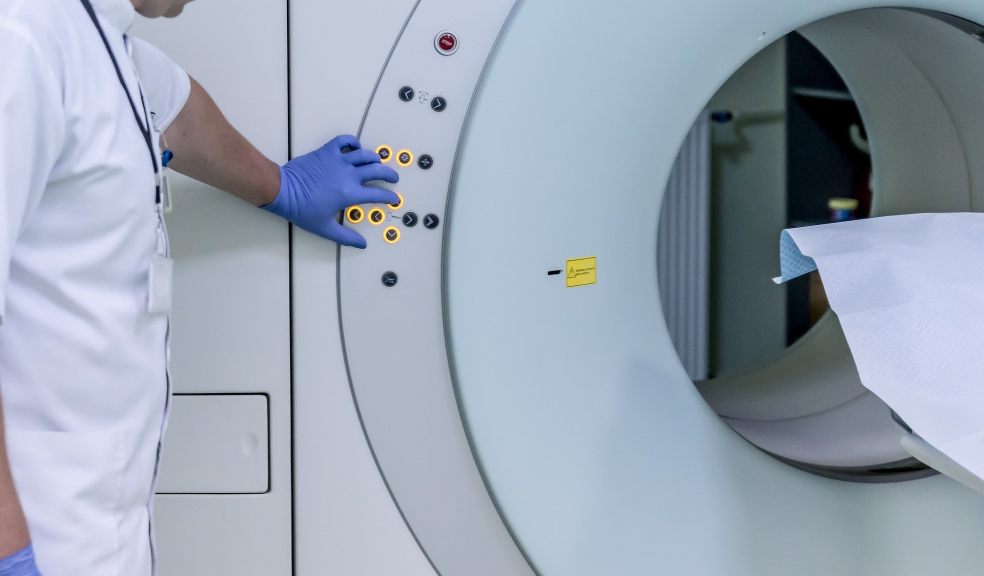
Glioblastoma treatment – no time to give up
Glioblastoma is a malignant neoplasm in the brain or spinal cord that develops from glial cells. They represent a kind of basis for nerve tissue, which provides support for neurons and facilitates their metabolism. Unlike the neurons themselves, glia continues to divide actively and grow during a person’s life.
Glioblastoma differs from other tumors with its rapid and extremely malignant course. Invasion in healthy tissues and lack of clear boundaries make it difficult to treat. This type of oncopathology most often affects men aged from 40 to 60 years, but also occurs in women and even children. However, this is a rather rare disease, only 3-4 people out of 100,000 have glioblastoma.
Why does glioblastoma appear
The causes of glioblastoma, like in most oncological diseases, are still unknown. It is believed that the disease is associated with a mutations in certain genes. It was possible to identify some factors that may increase the risk of tumor development. These include:
- Hereditary predisposition.
- Previous craniocerebral trauma.
- Other brain tumors, especially astrocytomas.
- Neurofibromatosis.
- Exposure to ionizing radiation.
- Cytomegalovirus, herpes and other viral infections.
What are the symptoms
The initial stages of the disease are almost asymptomatic, which complicates its early diagnosis. Symptoms that appear with the disease progression are cerebral and neurological. Cerebral are associated with increased intracranial pressure and intoxication:
- Severe headaches that are worse when lying down.
- Nausea not associated with eating, and vomiting that does not bring relief.
- General weakness, increased fatigue, drowsiness.
- Retardation, decreased intellectual abilities, memory loss.
- Apathy, depression, irritability.
Neurological manifestations depend on localization of the focus and can include:
- Impaired speech, hearing, vision.
- Seizures.
- Paralysis or sensitivity disorders of the limbs.
- Coordination disorders (vestibular syndrome).
- Respiratory difficulties.
Glioblastoma prognosis
Life expectancy and survival depend on the type of glioblastoma, the location of the neoplasm, the general condition of the patient and the presence of concomitant diseases. Without appropriate treatment, only 10% of patients will be able to live more than 3 months after the diagnosis making.
Proper treatment of glioblastoma of the brain in most cases can prolong life up to 2 years, and 5% of these patients live five years or longer. The exception is the most malignant tumor, i.e. glioblastoma multiforme. Even competent treatment does not guarantee survival for more than one year.
How to detect glioblastoma
Sooner a tumor is detected, greater the patient's chances of survival are. In order to detect a tumor or clarify the diagnostic of glioblastoma in the presence of symptoms, experts perform instrumental examinations:
- MRI of the brain or spinal cord.
- Magnetic resonance spectroscopy.
- Computed tomography.
- Positron emission tomography of the brain.
Treatment methods for glioblastoma of the brain
The result of treatment of a tumor is determined by the stage at which it has been detected and how quickly therapy has started. In the early stages, the disease is more often detected during examinations of other organs. Neurosurgery is the most effective way to get rid of glioblastoma. Since the tumor does not have clear boundaries and penetrates deeply into the neighboring tissues, it is not always possible to completely remove all cancer cells during surgery. This leads to relapses that occur in about 80% of cases.
In case of inaccessible localization of the lesion, the Cyberknife technology is used, i.e. stereotactic radiosurgery. A combination of surgery with radiation and chemotherapy allows preventing glioblastoma relapse. It blocks the activity of malignant cell and prevents the growth of the tumor. For targeted therapy of relapses, drugs are used that destroy the vessels of the tumor and prevent the further growth of glial cells.
Another modern treatment for glioblastomas is immunotherapy. The results of the study have shown that immunotherapy is a very promising area in the treatment of glioblastomas. It helps to increase life expectancy and significantly improves its quality. Immunotherapy helps the body in detecting cancer cells and attacking them. For this, each patient receives the individual vaccine that is manufactured on the basis of a fragment of his tumor.
How easy to choose your own scheme of treatment?
Modern medicine is rapidly improving and more and more clinics are opening all over the world for the treatment of tumors of various types. The most technologically advanced country in the treatment of cancer is Germany. Booking Health will help you get treatment in Germany at affordable prices. On the company's website you can find treatment programs and the cost of glioblastoma treatment. Upon arrival at the clinic, your doctor will prescribe you all the necessary examinations and tests for an effective therapy.

















